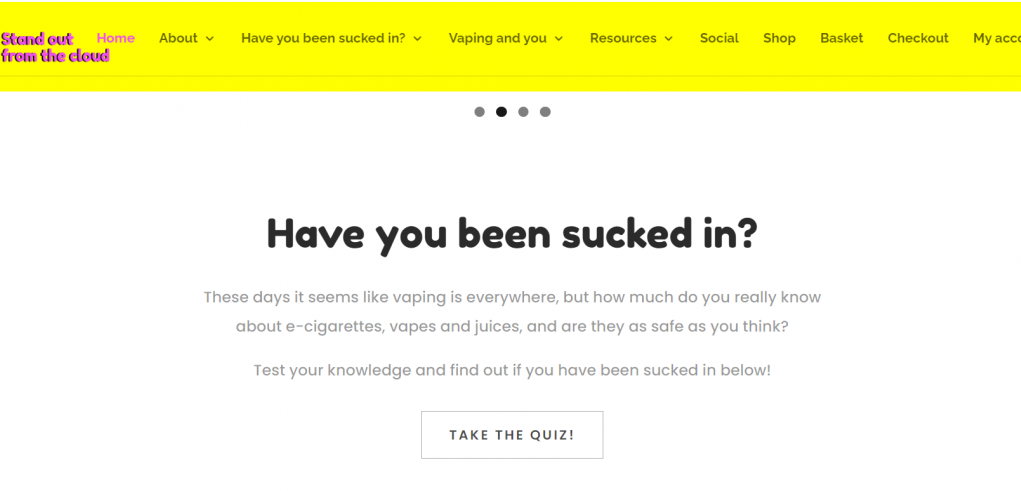To add insult to injury, the website goes on to make false statements about vaping and the safety of the e-cigarettes, therefore sending the wrong message to the public and possibly deterring smokers from switching to the safer alternatives.
To this effect, Loucas is re-directing any members of the public wanting information about the products to the Ministry of Health’s own site www.vapingfacts.health.nz/. Interestingly, she highlighted, when the government’s vaping facts site was launched in 2019, ARFNZ actually commended the Ministry for it. However, within a year ARFNZ launched its own vaping ‘information’ site containing different information than the Ministry’s and therefore undermining the Government’s position and stirring up confusion among consumers.
Loucas highlighted that actually New Zealand’s tobacco harm reduction strategy is working and sadly the ARANZ’s actions are going in opposition to this progress. “New Zealand has adopted a Tobacco Harm Reduction (THR) strategy that’s working, with the country’s overall smoking rate at a record low. With the Government’s renewed focus on Smokefree Aotearoa 2025 – where five percent of fewer smoke – smokefree is now a real possibility. Sadly, however, ARFNZ is doing its best to spook our remaining smokers from switching to a considerably safer option,” she said.
Loucas referred to claims about dangerous chemicals found in vapour. “False or misleading claims include that nicotine can harm the brains of teens, children, and foetuses; e-cigarette vapour may include potentially harmful substances such as formaldehyde, cancer-causing chemicals, and heavy metals; children and adults have been poisoned by swallowing e-liquid or absorbing it through their skin or eyes; and e-cigarettes have been linked to thousands of cases of serious lung injury.”
“If any of these claims stacked up, do you think New Zealand’s Ministry of Health, and Maori health providers, would actively encourage smokers, including pregnant women, to switch to vaping as an effective smoking cessation tool?”
Science has already debunked these claims
She added that there are countless peer reviewed scientific studies and endorsements from established health entities across the globe such as the NHS, which completely debunk these claims.
“If ARFNZ was playing with a straight bat, its website would give vaping some proper context when compared to deadly smoking. It fails to state that not one New Zealander has reportedly died from vaping, and there’s certainly no mention that Public Health England remains resolute that vaping is 95% less harmful than smoking combustible cigarettes.”
“Let’s fight with facts, not elongate the emotion. ARFNZ is creating hysteria that doesn’t exist. It claims to be on an education campaign, but it’s nothing more than a witch-hunt,” she concluded.




![Recent Conference Urged Nations Worldwide to “Quit [Smoking] Like Sweden”](https://www.vapingpost.com/wp-content/uploads/2024/04/vape-conference-238x178.png)




![Recent Conference Urged Nations Worldwide to “Quit [Smoking] Like Sweden”](https://www.vapingpost.com/wp-content/uploads/2024/04/vape-conference-180x135.png)


